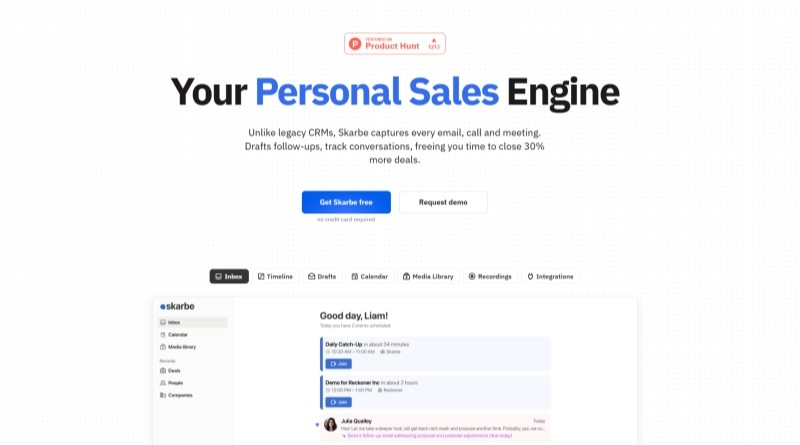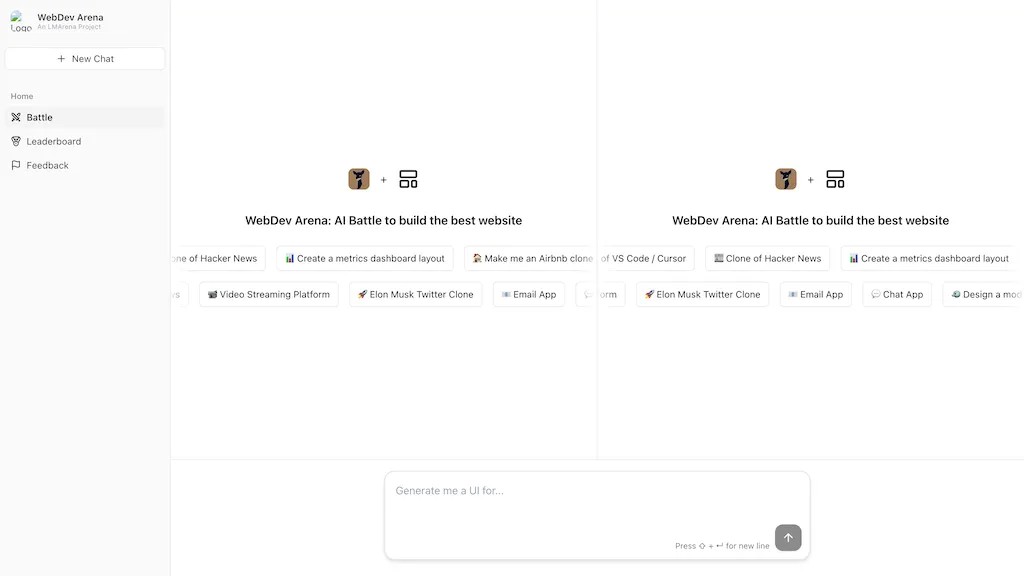
Fin-R1 is a large language model designed for the financial field, designed to enhance financial reasoning capabilities. It was jointly developed by Shanghai University of Finance and Economics and Caiyuexingchen, and fine-tuning and reinforcement learning is carried out based on Qwen2.5-7B-Instruct. It has efficient financial reasoning capabilities and is suitable for core financial scenarios such as banks and securities. The model is free and open source, making it easy for users to use and improve.
Demand population:
"This product is suitable for financial professionals, investors and financial institutions because it can effectively improve the accuracy and efficiency of financial decision-making and meet the needs of high-quality financial reasoning."
Example of usage scenarios:
Bank risk assessment system: Credit risk assessment is carried out through Fin-R1 model.
Securities Market Analysis Tool: Use models to analyze stock market trends.
Compliance audit assistant: Helps enterprises establish a compliance management system and conduct regular inspections.
Product Features:
Financial code generation: supports programming code generation of various financial models and algorithms.
Financial computing: conduct quantitative analysis and calculation of complex financial problems.
English Financial Computing: Supports the construction and writing of financial models in English.
Financial security compliance: Helps companies ensure that their business operations comply with relevant regulations.
Intelligent risk control: Use AI technology to identify and manage financial risks and improve decision-making efficiency.
ESG Analysis: Evaluate the sustainable development capabilities of enterprises and promote social responsibility fulfillment.
Multi-round interaction capability: Supports multiple rounds of dialogue and interaction in the financial field.
High-quality data support: Improve data quality through fine data distillation and screening.
Tutorials for use:
Visit the GitHub page to download the Fin-R1 model.
Configure the environment and dependency libraries according to the documentation.
Select the required financial data set for fine-tuning of the model.
Use fine-tuned models to perform inference on specific financial tasks.
Adjust model parameters and input data according to requirements and perform multiple rounds of interaction.







